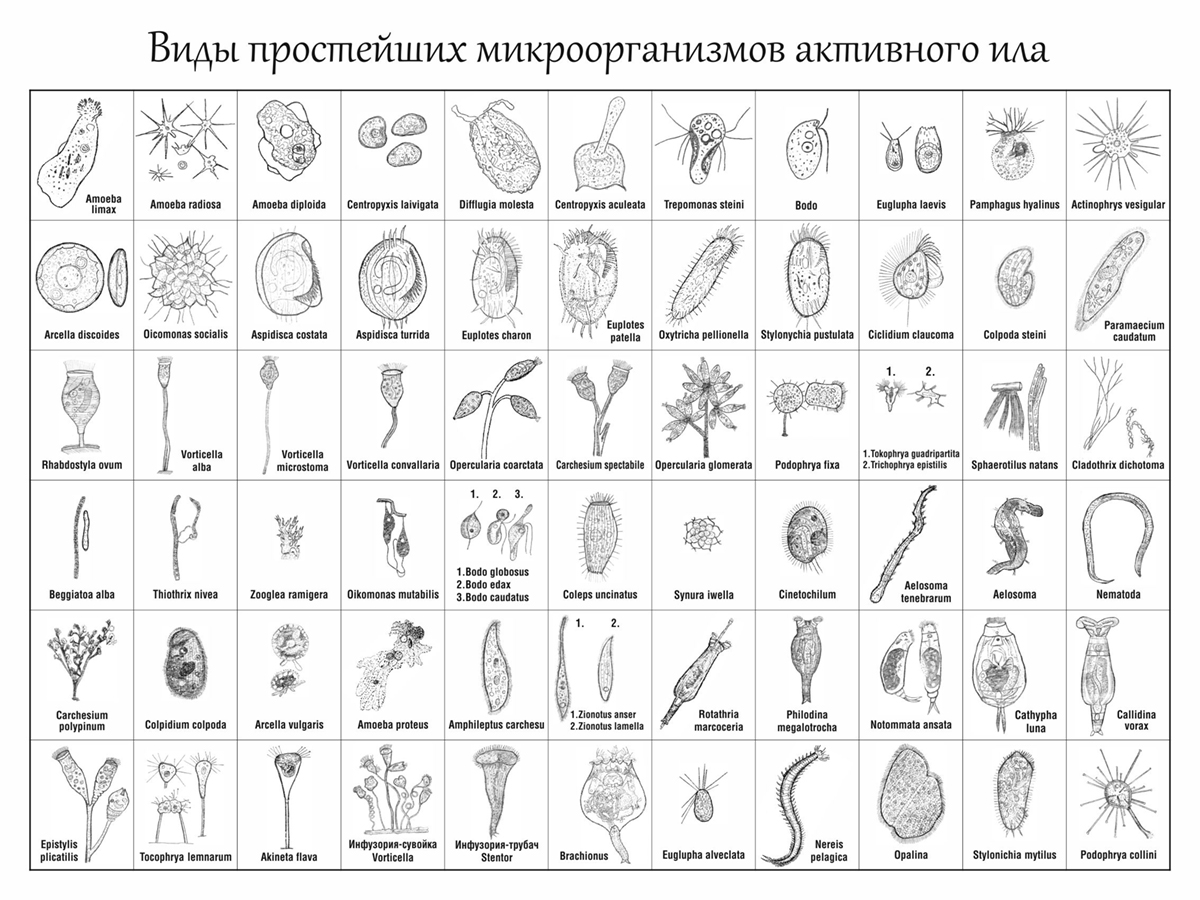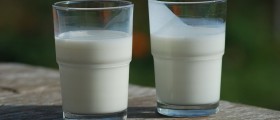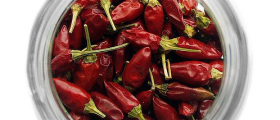
The study of various different types of beneficial or harmful microorganisms which can be found in foods is called food microbiology. One of its main focuses is the study of specific sorts of microorganisms which are blamed for spoiling the food. On the other hand, there are highly beneficial microorganisms such as probiotics. It may also be important to emphasize that different kinds of microorganisms are actually important parts of the process in the production of wine, beer, bread, yogurt, cheese and numerous other types of fermented foods.
Food Safety
Food can be contaminated by toxins, viruses or bacteria. There are also certain other types of microorganisms which can be used for inhibiting and eliminating those aforementioned pathogens. Proper preparation of food is supposed to kill off all the harmful types of microorganisms.
Probiotics are microorganisms which provide the human body with precious nutrients and are also highly beneficial in the prevention of the inflammatory bowel disease, irritable bowel syndrome, gastrointestinal infections and various other similar medical conditions. These microorganisms are integral parts in the process of production of silage, chocolate, kimchi, cider, wine, beer, pickles, sauerkraut, cheese and yogurt. Lactobacillus is one of the most important types of probiotics but there are also others which are equally important, such as bifidobacteria. They can also be used for the treatment of different sorts of intestinal disorders and the prevention of growth of various harmful sorts of bacteria or fungi.
Fermentation
Fermentation is a process in which microorganisms change various sorts of food items, and those usually include bacteria such as lactic acid bacteria and yeast. These processes have been used ever since the ancient times of mankind because they are efficient in enhancing the flavor, keeping the food better and providing several important health benefits. Asian cuisines are probably the ones which rely on the process of fermentation the most.
Microbial Biopolymers
Microbial biopolymers are actually polymers produced by certain types of microorganisms and they are extensively used in the food industry. Among the most commonly used ones are exopolysaccharides, levan, poly-y-glutamic acid, cellulose, alginate and xanthan. Exopolysaccharides are extracellular polysaccharides synthesized by microorganisms and they contain noncarbohydrate substituents and monosaccharides so they are used in pharmaceutical and food industry. Levan is a certain type of homopolysaccharide and it is commonly used in the production of chemicals, pharmaceuticals, cosmetics, feeds and foods. Poly-y-glutamic acid is one of the most frequently used food thickeners. Cellulose is one of the most frequently used simple polysaccharides. It consists of glucose, but the biosynthesis involved is a rather complex process. Alginate is the most important type of polysaccharides and in the majority of cases it is used as a very potent thickening agent in food industry. It is commonly extracted from certain species of brown seaweeds. Xanthan is a certain types of acidic exopolysaccharide gum derived from a certain type of genus of plant pathogenic bacteria called xanthomonas. Most of the time it is used extensively as a stabilizer, emulsifier, thickener or viscosifer.
Foodborne Pathogens
There are a large number of different types of foodborne pathogens and they are actually the leading cause of death in most developed countries because, according to certain statistics, they are responsible for approximately 1.8 million deaths each year. This is why such microorganisms also cost the countries billions and billions of dollars on a regular basis.
Changes to the human host status, changes in food manufacturing practices, changes in agriculture and pathogen evolution lead to constant emergence of new pathogens. There is also potential danger of terrorism which may involve the contamination of food and water supplies with foodborne pathogens. The Bacillus cereus group which has six different members is one of the most important types of foodborne pathogens. Clostridium botulinum and Clostridium perfringens are also frequent as they lead to botulism which is a very serious neuroparalytic disease. One of the most common types of foodborne pathogens is E. coli which is known for triggering various different types of illnesses characterized by different symptoms and range of severity. Shigella is a certain type of bacteria which is confirmed to cause rather difficult medical conditions with severe symptoms such as abdominal pain, fever and bloody diarrhea. It is one of the leading culprits of bacterial foodborne illnesses everywhere around the world. Similar can be said about Salmonella as it is probably the most well known foodborne pathogen of them all. Listeria monocytogenes and Campylobacter are also very high on the list of the most frequent foodborne pathogens, since they are associated with the highest mortality rate among bacterial pathogens. Vibrio is a pathogen which can usually be found in marine environments so it is associated with seafood. Other common or less common types of foodborne pathogens associated with illnesses include Staphylococcus aureus, Yersinia enterocolitica, Mycotoxins, protozoan parasites and different forms of enteric viruses.

















Your thoughts on this
Loading...